ABOUT ME
Welcome to my portfolio.
I believe that our children deserve teachers who are energized, engaged and who love what they do. I have a passion for creating exciting and engaging lessons for my students along with including mindfulness in my daily routine. I also bring patience and joy to the classroom and love helping my students to learn and grow.
I have a Bachelor of Education from York University as well as Bachelor of Early Childhood Leadership and an ECE diploma.
I have developed significant expertise developing, planning, and implementing curriculum-based programs and have thankfully had the opportunity to work with both ESL and special needs students. I am also highly skilled in building strong relationships with both students and their parents, cross functional communications and teamwork, self-motivation, organization, and research. In addition, I have also developed online teaching best practices.
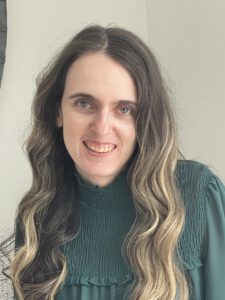
SKILLS SUMMARY
K-6 Certified.
I have my Bachelor of Education in primary junior from York University.
EARLY CHILDHOOD EDUCATOR.
I am a registered ECE, which has provided me an extensive knowledge in regard to a child development and early years.
ENGLISH AS A SECOND LANGUAGE.
I have gained experience with ESL students throughout my education and experiences while working with different aged students with special needs and learning abilities.
TECHNOLOGY
I have high amount experience in the google suite apps (drive, docs, slides, jam board, google classroom etc.). As well as other technology resources such as zoom, thinglink.com, Nearpod and more.
Work Experience
March 2021 – Current
Walden International School
Grade 4 Teacher – September 2021
Occasional Teacher – March 2021 – June 2021
- Highly regarded occasional teacher kindergarten to grade 6
- Experienced both with in class and virtual learning
September 2019 – April 2020
THORNWOOD PUBLIC SCHOOL – STUDENT TEACHER
- Worked in Grade 5, 4 and kindergarten classroom
- delivered and designed weekly lesson and unit plans for students
- Developed and implemented a special art camp for the junior students
- Worked with students with variety of special needs including ADHD and Autism Spectrum
- Supported students with English as a second language and newcomers to Canada
September 2018 – April 2019
RIVERSIDE PUBLIC SCHOOL – STUDENT TEACHER
- Practicum in Bachelor of Education program in a kindergarten classroom
- Designed and supported lessons and activities within the classroom environment
- Led large and small group instruction and activities
- Supported special needs children focused on social skills, engagement and communication
September 2018 – April 2019
SAN ROMANOWAY REVITALIZATION ASSOCIATION – BEFORE AND AFTER SCHOOL
- Community Practicum – worked with the Boys and Girls Club (grades 4-6)
- Provided tutoring to students within the program
- Designed and supported the implementation of the daily programming
May 2017 – July 2017
INTERN, ONTARIO COALITION FOR BETTER CHILD CARE
- Responsible for maintaining and updating website, social media and financials
- Attended conferences, workshops and government policy meetings
- Collaborated on campaign materials design and delivery
- Led semi-structured interviews related to public policy in the field of early childhood education
January 2016 – May 2016
MONTCLAIR PUBLIC SCHOOL – EARLY CHILDHOOD EDUCATOR – VOLUNTEER POSITION
- Supported ECE and Kindergarten teacher in all aspects of the children’s learning and development
May 2014 – December 2015
FIELD PLACEMENT: EARLY CHILDHOOD EDUCATOR
- Montclair Public School, Oakville, Ontario – Kindergarten September 2015 – December 2015
- Munns Child Care, Oakville, Ontario – Preschool May 2015 – August 2015
- KidLogic Child Care, Oakville, Ontario – Infants January 2015 – April 2015
- YMCA Child Care, Markham, Ontario – Toddlers May 2014 – August 2014
EDUCATION & CERTIFICATION
EDUCATION
Bachelor of Education – Consecutive – York University – Primary /junior
Honours Bachelor of Early Childhood Leadership- Sheridan College
Early Childhood Education – Diploma Sheridan College
CERTIFICATION
Registered with Ontario College of Teachers
Registered Early Childhood Educator, College of Early Childhood Educators
HIGH FIVE Principles of Healthy Child Development (PHCD)
Teaching Philosophy
As a facilitator in my students learning process, I actively engage my students in every aspect of a lesson through the incorporation of technology and real-world applications while maintaining high expectations.
I believe that teaching is not an exact science, but an art form that is constantly changing and evolving along with social want and needs towards public education. Teachers as a well as students should share the responsibility of creating the learning experiences. I have discovered that not all students will learn the same wat, at the same pace or in the same manner, therefore, while I still main that a teacher must be passionate about teacher, am ability to be flexible equally as important. Now that I am a teacher, my objective is not as focused on making my students learn but on facilitating the learning process by making attainable goals for my students that are appropriate for their level and ability. Lessons should be planned around the class as a whole while accommodations are made for any individualized instruction that needs to take place.
As a new teacher, I am constantly evaluating my effectiveness and assessing my goals and ability in my profession. As I teach, I ensure that I am taking into account the needs of my students and the curriculum requirements. As a teacher candidate I would have responded to this ambiguity the same exact way as I have learned the importance of knowing your students and understanding that they are all different and have different needs. Thus, as an educator we need to be flexible in our teaching methods in what will work for our students.
LEARNING ENVIRONMENT
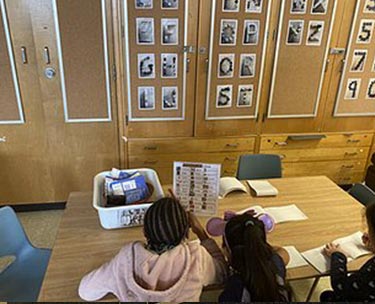
Hands on activities allows for students to learn together.
As a primary / junior teacher it’s important to have distinguished areas of classroom. A space where you can have large group and a space where students can work as individual or in small groups. These spaces also allow for the use of technology and play.
I believe that students should always be grouped with their peers. This allows for socialization and different types of learning. An indoor environment should speak on behalf of the students and teacher.
The school library is another important space for students. This is space that allows students to be introduced to books and the love of reading. In addition, it is also a space where students can explore the use of technology from robotics to computer skills.
Finding Balance – students need opportunities to initiate activities and be involved in their own learning. From working together to learning in the different spaces of the classroom. Is important for students to not spend the whole day in one space. The indoor and outdoor environment can offer different types of learning for students and should be used as an advantage and a support.
MY FUTURE CLASSROOM
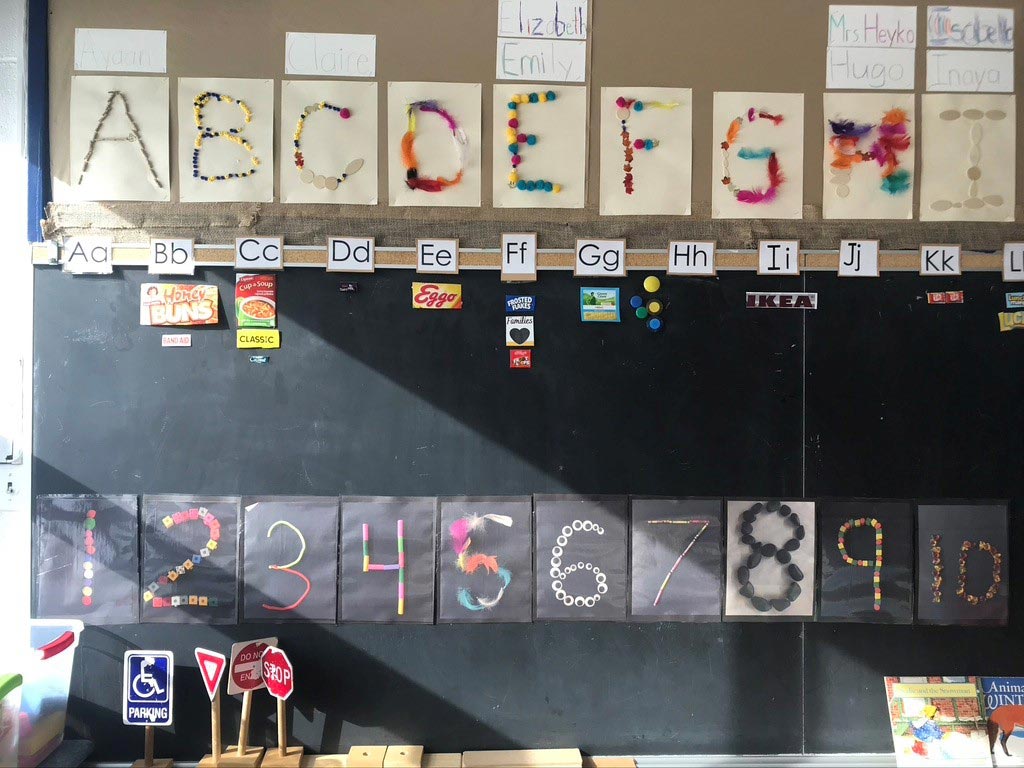
As a teacher it’s important to create classroom that allows students to express themselves and there learning.
As a primary / junior teacher it’s important to have distinguished areas of classroom. A space where you can have large group and a space where students can work as individual or in small groups. These spaces also allow for the use of technology and play.
I believe that students should always be grouped with their peers. This allows for socialization and different types of learning. An indoor environment should speak on behalf of the students and teacher.
The school library is another important space for students. This is space that allows students to be introduced to books and the love of reading. In addition, it is also a space where students can explore the use of technology from robotics to computer skills.
In my teaching practice, I want to ensure I am teaching all kinds of learners. Thus, creating lessons of various types from large group to small group and individual work.
I prefer a classroom that is open and orderly.
When it comes to the arrangement of my classroom, I feel that student should be seating in groups, as it allows for cooperation and peer involvement.
I want to ensure that I provide my students a classroom library. A space where students can have access to many books, along with opportunities to read different genres and at their own level and pass.
ASSESSMENTS
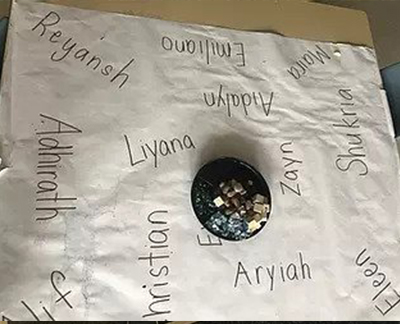
As a teacher it’s important to create classroom that allows students to express themselves and there learning.
Apply varied assessment methods to measure the knowledge gained by students and to improve student learning.
Assessment for learning occurs before instruction begins so teachers can determine student’s readiness to learn new knowledge and skills as well as obtain information about their interests and learning preferences (Diagnostic Assessment)
- Prior to starting my teaching within the different classes that I was placed in I started by assisting my mentor teacher in her teaching and getting to know the students. This allowed to gather information and determine the different skill sets the students have and how they learn best.
- (Formative Assessment) During my lessons I gathered notes on how students were understanding the lessons and adapting my teaching to best fit my students’ feedback and response to my teaching. For example, listening to their answers to various questions that were asked and how they worked in different activities
Assessment of Learning occurs at or near the end of a period of learning and may be used to inform further instruction (summative assessment)
- At the end of different units, I allowed students to show how they have learned and can demonstrate their knowledge through projects or test.
Assessment as Learning occurs frequently and in an ongoing manner during instruction with support, modeling and guidance from the teacher (formative assessment)
- Providing students different worksheets that they can see how they are able to complete a task
- For example, I would provide students a worksheet and time to work on this task, then come back together as a large group and take up the worksheet. This allows students to monitor their own progress and reflect on their learning and what they need to work on.
DIFFERENTIATION
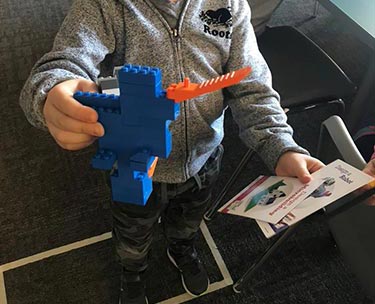
Students going through a process of using manipulatives to create something that they are interested in.
Teachers continually assess to identify student’s strengths and areas of needs, that with ongoing assessments enable teachers to develop differentiation lessons that meet the needs of every student.
Learning in groups enables students to engage in meaningful discussions and to observe and learn from one another. I have gained experience in developing differentiation lessons that meet the needs of all of my students.
- An example of this was done with s student who was new to the country and didn’t speak any English. I had to create mini lessons for this particular student that allowed this student to start learning English and be able to communicate within our classroom. One strategy was to pair up this student with other students who also spoke the same language, which allowed this student to feel safe and welcomed within our class.
COLLABORATION AND COMMUNICATION
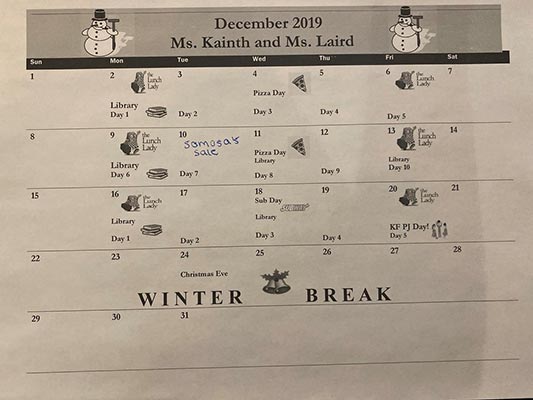
This is an example of one way of communicating with parents of important dates and information throughout the school year.
Strong communication with families is essential.
- Important to being the school year by introducing yourself to parents and communicating to them when and how you are going to stay connected and how they can reach you. An example of this is sending how a meet the teacher newsletter that allows students families to get to know their children teacher.
- Through parent’s communication, we ensure that parents trust their child teacher. It also allows us to have open communication with students’ parents throughout the school year.
- There are various apps and different forms of technology that can be used to help facilitate parent communication.
Collaboration with fellow teachers to share ideas or provide support.
